Predicting the colors of our emotions

While the COVID-19 pandemic has been going on for months now and we are getting into different situations than we are normally used to – such as working from home – many of us try to detect why we feel differently before and after the virus jumped into our lives. But how good are we in detecting the rush of emotions? The same expression can relate to multiple types of emotions and the same emotion can also relate to different facial expressions. Therefore, it is important to differentiate between detecting emotions and perceiving emotions. As Barret explains, emotions are not already integrated from birth. In contrast, emotions are integrated by your brain from three relevant factors – (1) the predicting brain, (2) the body that causes mood and (3) the concepts learned by language and culture.
The predictive brain
Our brain is using experiences from the past to predict current experiences. We try to predict what, for instance, clapping hands without sound, winning a discussion with your brother you’ve yet to have or the speed of a ball coming towards you on the tennis court, is most like from experiences in the past. Many predictions can be made at a micro level – we predict how much glucose, salt and water our body needs. On a macro level, we predict for instance in a friendly interaction that two friends laugh at each other – one of the two smiles first in expectation of the other one’s smile. These predictions are automatic and make sense of our context in a very fast and efficient way. The reason why we all have to know why our brain predicts instead of reacts is if we understand how things works, we are also able to improve them. The predictive brain is used to process your moods and related concepts, which are needed to figure out what type of emotions are present in a specific context.
Mood
Did you notice how you started your day today? Energetic, happy or maybe a bit down? Did you receive another notification on your mobile phone of the new COVID-19 infections which may have made you feel helpless? Our mood influences what we experience in the world. Mood exists to create a bridge between the budget of your body – hormones, glucose, water, immune system – and the brain and consists of two dimensions with a certain amount of high/low energy and pleasant/unpleasant valence. We are constantly wondering whether for instance a stomach ache in combination with an upcoming national press conference means you are nervous or whether a stomach ache in combination with breakfast time means that you just need to eat. Every individual is in some sort of mood due to how little they slept over night or having family issues at home, which is used to construct all our waking moments. Maybe something to keep in mind the next time someone accidently bumps into you on the street within your 1.5-meter personal space during COVID-19.
Concepts
Words play an important role in efficiently labeling concepts, so that we can easily communicate and share these concepts with other individuals. The brain creates concepts when it predicts about what it might be like. You can see the concepts as the “drawn” boundary lines learned by language and culture which allow us humans to make concepts “real”by sharing them in our communication. An example which relates to this – a rainbow is actually a continuum of light that has no borders, we create these borders to call it red, violet or blue. People who speak Mandarin Chinese draw many more lines on the rainbow palette than Europeans, and therefore, create more words to share their concept. All people on the world see the same rainbow, however they may classify it into different colors depending on their language and culture.
Back to emotion perception
Just like colors, emotions are created from concepts which are the predictions that provide insight on your mood in a specific context. The words we use for emotions are just shortcuts of concepts so we can communicate quick and efficiently. However, we have more concepts of emotions in our brain than we have words for: “The pandemic is causing me to work from home, it is causing me a lot more effort to collect MRI data for my PhD project while my time is ticking away, it is also causing me more time to focus since I don’t have to worry about travel time to work anymore and it is causing me to realize even more to think about each other and help another when that person is not in a great place”. How do we put this concept into one specific emotion? Sad, plane, down, overwhelmed, relieved, hormonal, tired, happy, confused, or grateful? Perhaps we need more than these basic words so that our rush of emotions become a little more defined. Especially in times like these, we can increase our emotional vocabulary. With an increased vocabulary, we can have more skills and possibilities for development in perceiving emotions. If you are not able to predict emotions right away, you are still in the experiential blindness phase. It takes courage to endure the experiential blindness because we don’t like uncertainty. Yet, at the same time it is this place of uncertainty where creativity and innovation emerge. Subsequently, creativity and innovation can be used to introduce new concepts. However, can we also improve our negative emotions when we are feeling down, crappy or upset after our Prime Minister of the Netherlands tells the people we are entering a second lockdown? Yes, by changing our context we can change our mood – in our SYNC lab we call this the energizers.
Energizers
We recently went around the room in our zoom and shared some of our things we do when we are in need of energy or different moods. Do you need some inspiration? For some people a walk around the neighborhood is enough, for others a get together with a friend can change their mood. For me, a good sport exercise or paying my attention to something else by listening to music for instance always helps. In addition, changing your scenery by spending the weekend on the beach or in nature will never harm. When we change our context, we change our mood and therefore change our predictions of our emotions.
References
Barrett, L. F. (2017). How emotions are made: The secret life of the brain. Houghton Mifflin Harcourt.
Barrett, L. F., & Russell, J. A. (Eds.). (2014). The psychological construction of emotion. Guilford Publications.
Barrett, L. F., Mesquita, B., & Gendron, M. (2011). Context in emotion perception. Current Directions in Psychological Science, 20(5), 286-290.
Barrett, L. F. (1998). Discrete emotions or dimensions? The role of valence focus and arousal focus. Cognition & Emotion, 12(4), 579-599.
Gendron, M., Lindquist, K. A., Barsalou, L., & Barrett, L. F. (2012). Emotion words shape emotion percepts. Emotion, 12(2), 314.
Gross, J. J., & Feldman Barrett, L. (2011). Emotion generation and emotion regulation: One or two depends on your point of view. Emotion review, 3(1), 8-16.
Contact
Erasmus University Rotterdam
Mandeville Building T13
Burgemeester Oudlaan 50
3062 PA Rotterdam, the Netherlands

